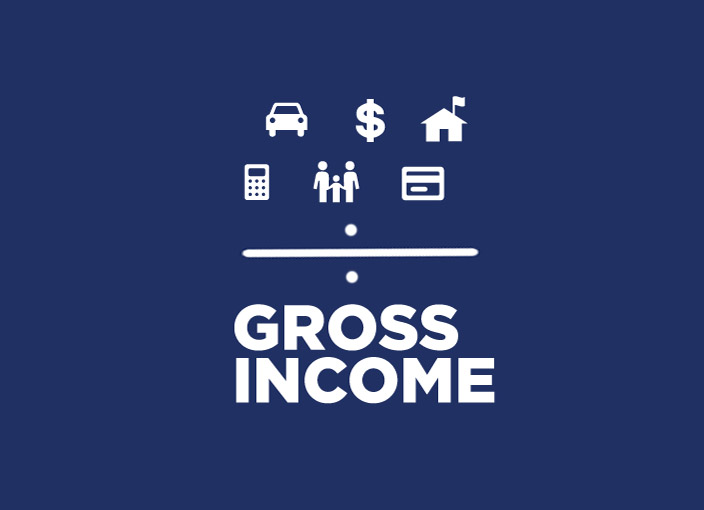
Debt to Income Ratio Explained
Debt to Income Ratio, in the most simplest terms is how much you owe (debts) divided by how much you earn (income) per month. In order to calculate your debt to income ratio all you have to do is add up all your monthly expenses, including credit card and car payments, utilities, housing costs, student loans, and any other recurring expenses you might have, then divide all of that by your gross monthly income.
Your Debt-to-Income Ratio is important to know because as of January 10, 2014 new mortgage rules were put into effect that were meant to lower the risk of borrowers defaults and foreclosures.
Some of the new rules affecting lenders that will help borrowers are:
1) Putting an end to no or low-document loans. During the real estate market crash, the majority of loans that went into default were loans from lenders who provided risky mortgages to borrowers without obtaining necessary financial information. After January 10, lenders will be required to document and verify everything from the applicant’s income, credit history, assets, and debt. This affects borrowers because with all the extra documents required and having to go through a verification process, borrowers should expect longer processing times.
2) Mortgages must be approved based on the maximum monthly charges borrowers will face. Underwriters will not be able to just approve a mortgage based on lower “teaser rates” that are only good for a few months or a couple of years before resetting to a higher rate.
If you are a borrower, the new rules will make sure you won’t become house poor or in other words buy a house that you cannot afford. Your debt-to-income ratio will now have to be below 43%, however this is not set in stone. Some buyers have assets or other underlying income that can justify providing a loan to someone with a higher debt-to-income ratio.
Another rule that affects borrowers pertains to upfront fees and charges. Things like title insurance, origination fees, and points to lower your mortgage rate will now not be able to exceed 3% of the mortgage balance. This is to make sure that your upfront fees are not excessive.
These new rules should help buyers and sellers as it seeks to tighten up mortgage lending and make it safer for buyers and sellers.



